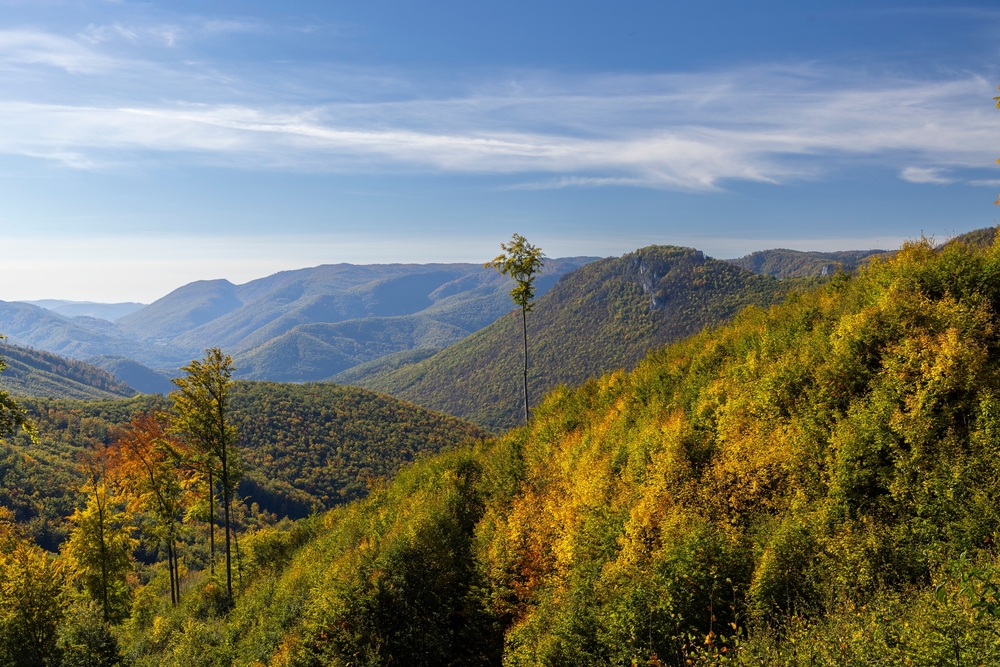Podunajsko Overview
National Park Podunajsko (Národný park Podunajsko) is a proposed national park in southwestern Slovakia, envisioned to become the country’s tenth national park and its first of the lowland type.
The park is planned to encompass approximately 18,000 hectares (69.5 square miles or 180 square kilometers) along the Danube and Morava rivers, bordering Austria and Hungary. This area is renowned for its unique floodplain forests, wetlands, and diverse ecosystems.
The terrain of the proposed park is characterized by expansive floodplain forests, wetlands, and meandering river systems. These floodplains are home to a variety of water bodies, including oxbow lakes and marshes, which support a rich array of plant and animal life.
The landscape is relatively flat, with elevations ranging from 100 to 150 meters above sea level. The vegetation is dominated by riparian forests, featuring species such as willows, poplars, and oaks. These forests provide critical habitats for numerous species and play a vital role in maintaining the ecological balance of the region.
The proposed National Park Podunajsko is a biodiversity hotspot, supporting a wide range of wildlife. Mammals such as the European beaver, otter, and various bat species are commonly found in the area.
The park is also a haven for birdlife, with species like the white-tailed eagle, black stork, and various herons and egrets frequently observed. The diverse habitats support numerous amphibians, reptiles, and invertebrates, contributing to the area’s rich biodiversity.
One of the most popular features of the proposed park is its extensive network of waterways, which offer opportunities for boating, fishing, and birdwatching. The floodplain forests and wetlands provide scenic landscapes for hiking and nature photography. The proximity of the park to the capital city, Bratislava, enhances its appeal as a destination for both locals and tourists seeking natural retreats.
Visitors can engage with the park through various activities such as guided nature walks, educational programs, and recreational pursuits like kayaking and canoeing on the rivers. The park’s management plans to develop infrastructure to support sustainable tourism, including trails, observation towers, and visitor centers, to enhance the visitor experience while minimizing environmental impact.
The establishment of National Park Podunajsko aims to address several conservation challenges, including habitat fragmentation, pollution, and the impacts of climate change. The park’s creation is expected to unify existing protected areas, streamline conservation efforts, and implement effective management strategies to preserve the unique ecosystems of the Danube and Morava rivers.
The initiative has garnered support from various stakeholders, including local communities, conservation organizations, and governmental agencies, highlighting a collective commitment to safeguarding this valuable natural heritage.
In summary, National Park Podunajsko represents a significant step forward in Slovakia’s conservation efforts, aiming to protect and celebrate the unique lowland ecosystems along the Danube and Morava rivers. Its establishment will not only preserve biodiversity but also provide recreational and educational opportunities for visitors, fostering a deeper appreciation for the natural world.













































































